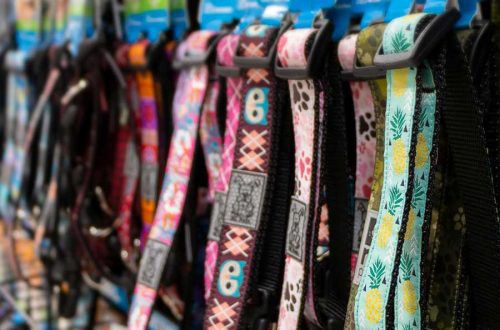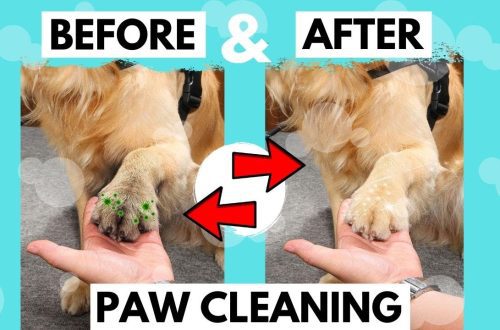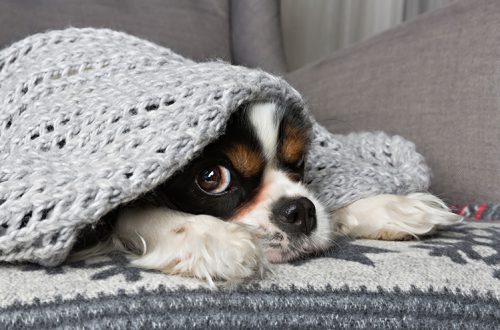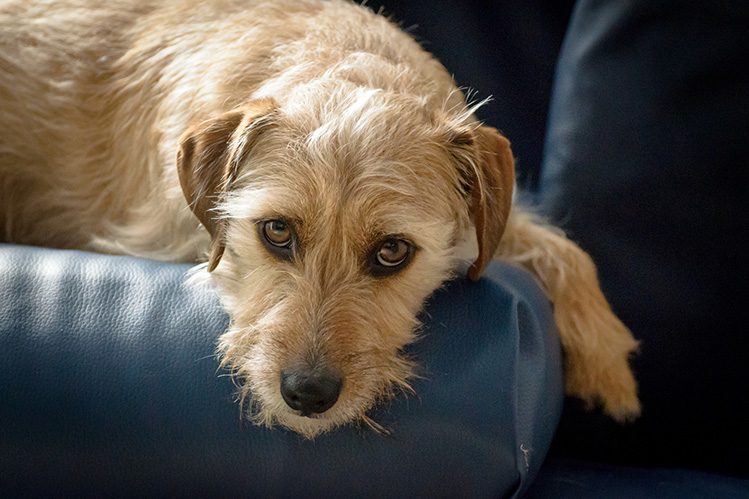
Why does a dog’s hair fall out in winter?
Seasonal molting occurs in spring and autumn. But why do many dogs shed in the dead of winter? Why does wool fall out and fade in cold weather? Is it really a molt? Or is there another reason? We answer these questions in our article.
It is generally accepted that dogs and cats molt twice a year: in autumn and spring. But in fact, too many factors act on pets that alienate them from their wild ancestors. If wolves, for example, really change their coat in the off-season, then a pet can shed absolutely at any time. And sometimes even throughout the year, just molting will not be so pronounced. But is hair loss always a natural molt? Unfortunately no.

The coat of a pet can fall out not only due to molting, but also for many other reasons. Here you need to be very careful. In many cases, hair loss and fading indicate dermatological or internal diseases, and they need to be detected in a timely manner. Therefore, if you notice that the dog’s coat has begun to fade and fall out, it is best to contact a veterinarian first. Even if the matter turns out to be a banal molt, a consultation will never be superfluous.
In the meantime, here are 7 main reasons why a dog’s coat falls out and fades in winter.
- Lack of vitamins and minerals in the body
Make sure your dog is eating properly. A balanced diet is necessary at any time of the year – especially in winter, when an increased load is created on the pet’s immune system. Remember that the condition of the coat indicates the condition of the dog’s body? This assertion is invaluable here.
- Improper care
Incorrectly selected care products (shampoos, conditioners, sprays, etc.) are the most common cause after an unbalanced diet. Many owners do not give proper attention to the choice of shampoos and conditioners for dogs, but in vain.
Just imagine: it is enough to use the wrong product once to provoke dermatological problems and worsen the quality of the coat, make it dull and faded, and sometimes even give it an undesirable shade. To avoid this, purchase only professional products that are suitable for the type of coat specifically for your dog, and after shampooing, be sure to use conditioner.
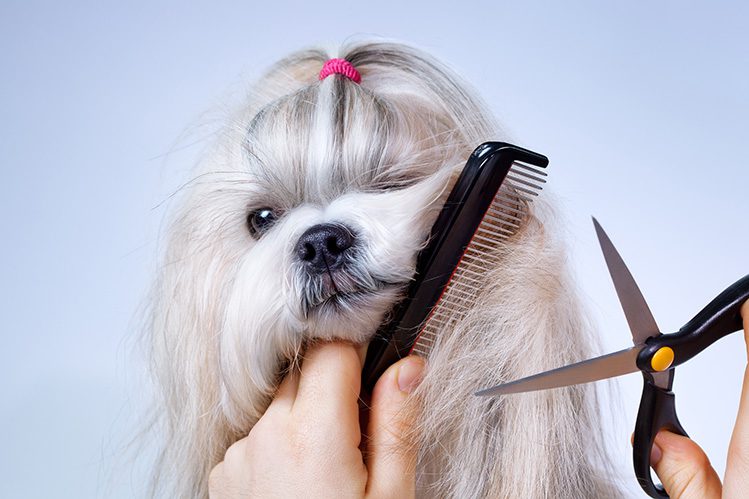
- Molting
If your dog’s hair is shedding, it’s probably shedding. Pets do not always molt in autumn and spring: under the influence of a huge number of factors, the molting period can be shifted by several months. But it is important to make sure that shedding is really a natural change of coat, and not a symptom of any problem. If the hair falls out very badly, if the skin develops damage, and the dog’s behavior changes, contact your veterinarian immediately.
- Hypothermia and dry air in the apartment
The quality of wool may deteriorate due to frost. Not all dogs are adapted to the harsh Russian winter. If the Malamute becomes even more luxurious against the background of cold weather, then the coat of heat-loving dogs in winter can become scarce. To prevent the deterioration of the coat, it is better to reduce the time of walking in cold weather, not to allow the dog to get wet and overcooled, and, if necessary, purchase special clothes for the pet.
Another problem that some dogs may suffer from is sudden changes in temperature and dry air. Imagine: a dog was just walking outside at a temperature of -20, and now she went into an apartment where batteries are working at full capacity. Such temperature fluctuations and dry air can negatively affect the condition of the skin and coat.
- Stress
The impact of stress on the body cannot be underestimated. Stress affects all systems, and, of course, affects the appearance of the pet. If the dog is often nervous or if her body is under increased stress (pregnancy, lactation, recovery from illness, food changes, sudden changes in living conditions, etc.), the coat may fade.
- Parasite infestation
Remember that a dog can become infected with fleas at any time of the year? Winter is no exception. Fleas cause great discomfort to the dog: it is constant itching and pain at the bite sites. The condition of the skin is reflected in the coat. It fades and eventually begins to fall out. If a dog develops flea dermatitis, the skin will become inflamed and the coat will fall out in large quantities. Be careful.
Internal parasites – helminths – also make the dog’s coat dull and hit other body systems, weakening the overall immunity.
- Dermatological diseases
Dermatitis, food allergies, lichen, scabies – these and many other diseases can cause tarnishing and hair loss. The first symptoms of skin diseases are very similar, so you need to consult a veterinarian for diagnosis. The sooner you do this, the easier it will be to cure the dog.
Hormonal disruptions and diseases of the internal organs can also lead to hair loss. Do not try to treat the dog yourself without knowing the true cause of the ailment. So you lose valuable time and put your pet’s health at risk.
Take care of your pets, they deserve it!



